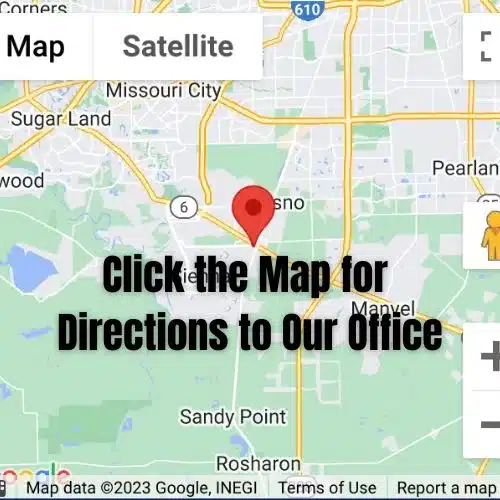Call us at 281-431-7441 for great prices on grass sod with quality second to none in the Houston area! We’ve put together our Houston Grass tip sheets to help our customers install and care for our sod, and we’ve summarized some of our tips in video form. Download our tips for newly installed and established grass by clicking the buttons below.
This is Houston Grass Owner, Michael Romine, talking about tips for sod installation and care. Our tip sheets have been updated since the video was recorded so please use them as your primary reference.
Summary of the Houston Grass Tip Sheets
Hi, I’m Michael with Houston Grass. The following video is a summary of our tip sheets. In these tip sheets we have information about how to care for grass sod when you first install it and then how to properly care for your grass after it has become
established. These tips are based on my years of experience growing, selling and installing grass sod as well as maintaining my own yard. First we cover watering.
Grass Sod Watering Tips
The best advice I can give you about watering is to go purchase a rain gauge. I can tell you generally how long you need to water it to achieve certain water amounts, but different houses and neighborhoods have different water pressures and there are different sprinklers that put out different amounts of water. If you buy a rain gauge, you’ll know for sure how much you’re applying.
Generally speaking, if the grass is green when you’re installing turf grass sod, which is usually April through October in the Houston area, you will need to apply two inches of water as soon as you lay the grass. This usually means about eight to ten hours of watering with a sprinkler. You may have to spread this out into two waterings if you’re seeing runoff into the street due to a slope in your yard.
The purpose of the heavy watering up front is twofold. The first reason is to seal the new grass to the existing soil to prevent any air pockets from forming. The second reason is to rejuvenate the grass that has just been transplanted from our Bay City farm to your yard.
After those initial waterings, you will need to begin watering the grass approximately one half inch every day for two weeks. Once you can no longer pick up the edges of the pieces of grass, you may begin to decrease the frequency to about one inch of water per week. Again, you need to use a rain gauge to measure the amount of water you’re putting on your grass.
When the grass is dormant, usually November through March in our area, the watering requirements are less. You should apply one inch of water the first day and then an inch every 10 to 14 days until you can’t pick up the edges of the grass pieces. After that you will only need to water about one inch every two to three weeks. Again, you should use a rain gauge.
Remember that all the waterings may be supplemented with rainfall. So if we are receiving normal winter rainfall, that usually means that you will not be watering very frequently to achieve this one inch every two weeks.
Once the grass is fully established, meaning you can no longer see the
individual blocks and you can no longer pick up the grass, you need to water the grass one inch of water per week during the growing season. During the dormant season you will only need to water about one inch of water every two weeks.
Tips for Mowing After Sod Installation
During the growing season, when the grass is green, if you are following the suggested water requirements you will probably not be able to mow for at least the first two weeks. After that you may raise your mower to its highest setting and barely clip the top of the grass to give more of a uniform look. Then, depending on the time of year, you will slowly be able to decrease the mowing height to about three to three and a half inches. If you plant the grass during the dormant season, you will not want to begin mowing it until it greens up.
Once the grass has become established we recommend mowing the grass during the growing season at three to three and a half inches at least once per week. Remember to never remove more than a third of the leaf per mowing as this causes undue stress on the grass.
Fertilizing Your Grass Sod After Installation
When you first install new grass sod during the growing season, we recommend that you wait about one month before fertilizing at a rate of about about one half of what is recommended on the back of the bag. So if the bag says to open your spreader to ten, you would want to open your spreader to approximately five. We do not recommend fertilizing while the grass is dormant since the grass is not growing and therefore the grass will not take the fertilizer up into the plant.
Please see our tip sheets if you would like information regarding the treatment of chinch bugs, weeds, and brown patch.


1 thought on “Sod Installation & Care Tips”
Comments are closed.